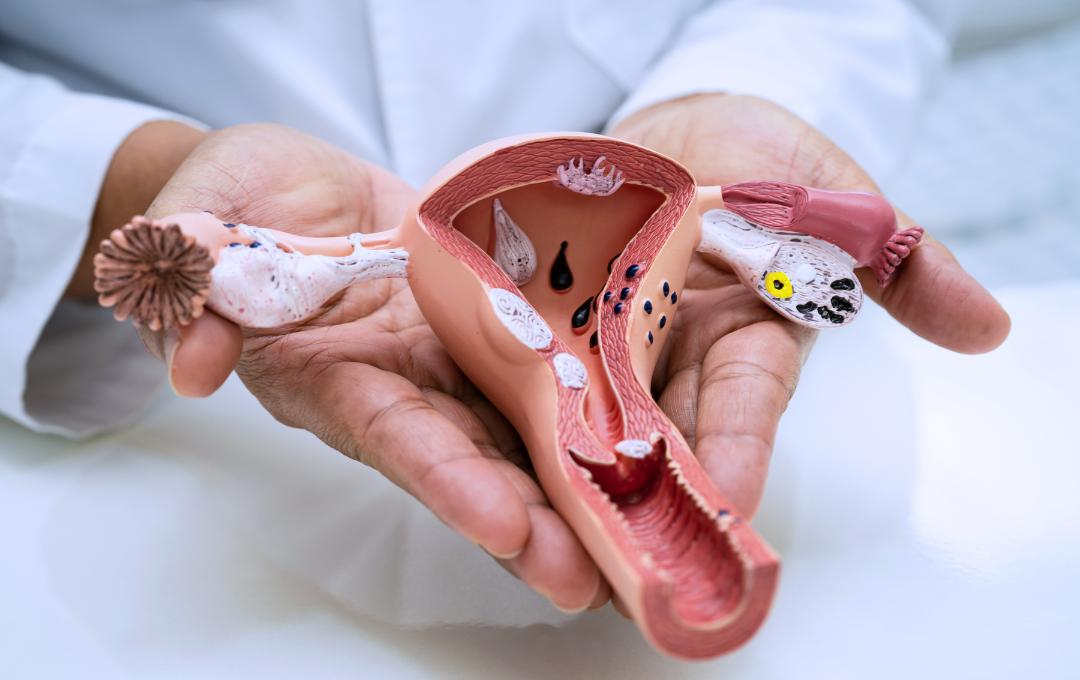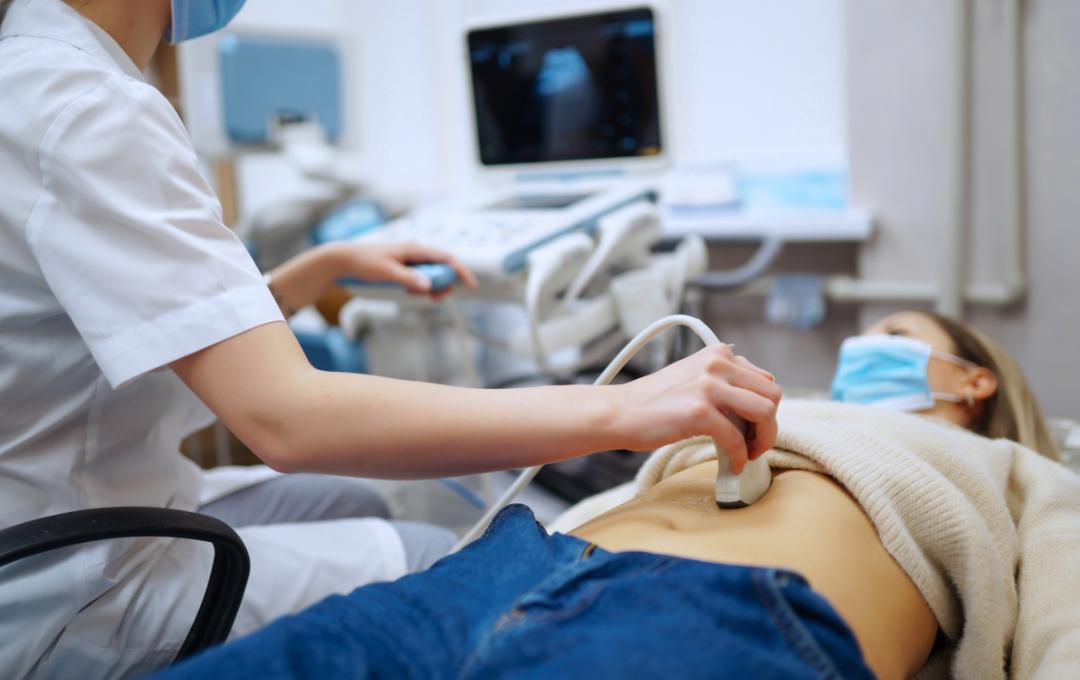
Each May, National Women’s Health Month—championed by the U.S. Department of Health and Human Services Office on Women’s Health—is a powerful reminder for women to focus on their well-being. USA Fibroid Centers is joining the call to help women take charge of their health through awareness, prevention, and education.
This month is the perfect opportunity to reflect on your habits and make your health a priority. Women and girls are encouraged to:
- Choose physical activities that you enjoy and keep you moving
- Fuel your body with healthy, balanced meals
- Protect your mental health by learning healthy ways to manage stress
- Prevention and early detection are essential for maintaining long-term health
Routine wellness exams give your doctor the opportunity to identify potential concerns early, including common conditions that often go undetected until they cause significant symptoms.
One of these common but overlooked conditions is uterine fibroids.
What are Fibroids?
Fibroids are benign tumors composed of smooth muscle tissue that develop in the uterus. An estimated 70 to 80 percent of all women develop these tumors in their lifetime, with many women experiencing painful and disruptive symptoms.
Fibroids grow at different rates, even when a woman has more than one. They can range from as small as a pea to as large as a watermelon.
What are the Symptoms of Fibroids?
Signs and symptoms of fibroids can vary from woman to woman. Symptoms include:
- Heavy and prolonged bleeding between or during periods
- Anemia, which can lead to fatigue
- Pain during intercourse
- Frequent urination
- Swollen abdomen
- Pain in your pelvis or lower back
- Increased menstrual cramping
Who is at Risk for Fibroids?
The cause of fibroids is not known. However, studies indicate there are risk factors that increase the chances of developing fibroids and a hereditary component.
Here are the factors that can contribute to developing fibroids:
- Age: As women age, fibroids are more common, especially during their 30s to menopause. After menopause, fibroids are much less likely to form and usually shrink.
- Family history: The risk increases if there is a family history of fibroids. If a woman’s mother had fibroids, her risk of developing them is three times higher than average.
- Ethnic origin: African-American women are more likely to develop fibroids than white women.
- Obesity: High BMIs increase the risk for fibroids.
Why Should Women Be Screened for Fibroids?
Uterine fibroids are a common condition among women of reproductive age, yet many women may not realize they have these growths until symptoms become disruptive, or complications arise. Although fibroids are non-cancerous, they can significantly affect quality of life by cause heavy menstrual bleeding, pelvic pain, anemia, and even issue with fertility and pregnancy.
Screening for fibroids is an important step in early detection that can help women manage symptoms before they worsen. For women planning to become pregnant, identifying and treating fibroids early can reduce risks such as miscarriage, preterm birth, and delivery complications.
Since fibroids can vary in size, number and location, a thorough evaluation by a fibroid specialist ensures that women have a full understanding of their condition and available treatment options.
Talk to a Fibroid Specialist Today
What is a Fibroid Screening?
Uterine fibroids may be discovered during a pelvic exam. However, your doctor might decide to order additional testing to confirm your fibroid diagnosis.
- Ultrasound: The most common scan for fibroids is ultrasound. An ultrasound probe is placed on the abdomen or inside the vagina to scan the uterus and ovaries by a doctor or technician.
- MRI: An MRI uses magnets and radio waves to create images that identify fibroids’ size, number, and placement.
Fibroids Facts
- Uterine fibroids are the most common tumor of the reproductive system.
- Women who are nearing menopause are at greater risk for fibroids.
- Fibroids are often found during a routine pelvic exam.
- Symptoms may include heavy and prolonged periods, bleeding between periods, and pelvic pain.
- There are a variety of treatment options available. Uterine fibroid embolization (UFE) is an effective alternative to surgery. UFE treats fibroids while preserving the uterus.
Non-Surgical Fibroid Treatment at USA Fibroid Centers
Uterine fibroid embolization (UFE) is an FDA-approved outpatient procedure that treats uterine fibroids and symptoms without surgery. During UFE, a physician blocks the blood supply to the fibroids, causing them to shrink over time. As the fibroid shrink, symptoms like heavy menstrual bleeding, pelvic pain, and pressure often improve significantly.
UFE treatment is a great option for women who desire to preserve their uterus and avoid the risks associated with traditional surgery. Recovery is typically faster than surgical alternatives, allowing patients to return to their normal activities within two weeks.
Visit USA Fibroid Centers to get a fibroid diagnosis and uterine fibroid embolization (UFE). Our experienced interventional radiologists will discuss your diagnosis and can help create personalized treatment plan.




